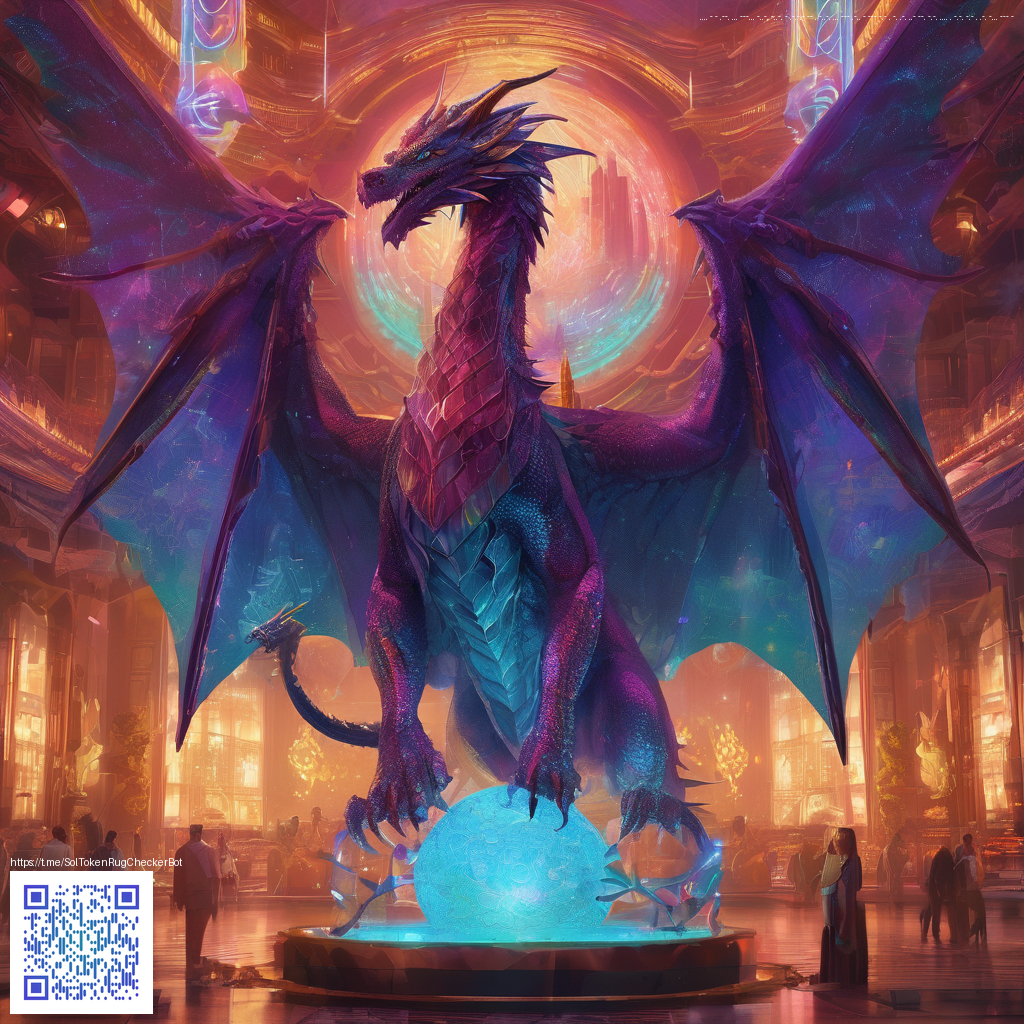
Smart due diligence in the era of crypto scams 🚀🔎
Crypto markets are more accessible than ever, but that openness comes with a higher risk of rug pulls and coordinated scams. For every legitimate project, there are countless red flags that can slip past a careless glance. The good news is that you can protect yourself with practical habits, a healthy dose of skepticism, and a structured checklist. By treating crypto diligence like a routine, you’ll reduce exposure to losses and build confidence as a participant in decentralized finance 💡💼.
What exactly is a rug pull and why it happens
A rug pull occurs when developers abandon a project and withdraw liquidity or funds, leaving investors with little chance of recovery. It’s not just about bad luck; it’s about a failure to establish credible safeguards from the start. Signs often include anonymous teams, suspicious liquidity locks, sudden shifts in tokenomics, and over-the-top marketing that outpaces the underlying product. In short, if the narrative sounds too good to be true, it’s worth a closer look 🕵️♂️💬.
Red flags to watch for at a glance
- Anonymous teams with limited or unverifiable backgrounds. If there’s no public leadership or contact trail, proceed with caution. 👥
- Opaque tokenomics with hidden minting or sudden, unexplainable changes in supply. Transparency matters 🧭
- Unverified contracts or sources that aren’t auditable. A verified codebase is a key trust signal. 🔒
- Liquidity concerns—tokens that drain liquidity pools or lack properly timed liquidity locks. Liquidity should be locked and verifiable. 💧🚦
- Hype over utility — promises of massive gains without a clear path to real product delivery or user adoption. 📈🚫
A practical due-diligence checklist for every new project
Adopting a simple, repeatable process can save you from emotional buying decisions. Here’s a compact checklist you can print or bookmark for quick scans:
- Verify the contract address on trusted explorers (e.g., Etherscan, BscScan) and confirm that the token’s source code is publicly verifiable. 🧩
- Check for a credible audit report from a reputable firm. If there isn’t one, ask why and look for independent analyses or community consensus. 📜
- Examine the liquidity lock details. Is liquidity locked for a reasonable period? Is there a mechanism to prevent upheaval? ⏳
- Research the team and roadmap—do they have verifiable social profiles, past projects, and clear milestones? If the team is anonymous, tread carefully. 👀
- Investigate tokenomics for hidden minting, large pre-mines, or inconsistent distribution. A sensible token model builds trust over time. 🧪
- Review the whitepaper and use cases. Is there real product development, user onboarding, or partnerships in sight? 🗺️
- Look at the community and moderation—authentic engagement, prompt responses, and transparent updates matter. 🗨️
- Test small, controlled interactions first—swap a tiny amount, observe the transaction, and assess slippage and fees. 🧪
- Be wary of projects offering guaranteed returns or outsized APYs. If it smells like a pyramid scheme, it probably is. 🧭
“Due diligence isn’t a one-and-done task; it’s a habit that protects your capital and your peace of mind.” 💡💬
When you apply this mindset beyond crypto, you’ll notice a common thread in everyday decisions too. For example, even a routine purchase like Slim Glossy Phone Case for iPhone 16 Lexan PC benefits from reputable vendors, clear product specs, and verifiable reviews. If you treat product listings with the same care you bring to evaluating a token sale, you’re less likely to be swayed by flashy marketing and more likely to invest time in due diligence 😊📱.
For a broader, image-based resource on risk indicators and verification techniques, you can explore a helpful reference at this page 🌐. It’s not a guarantee, but it reinforces the habit of double-checking visual and contextual cues before you decide to engage or invest 🧭.
Putting the practice into action in your crypto journey
Consistency beats brilliance when it comes to avoiding scams. Create a personal checklist you can run through before you participate in any new project, and keep a small notebook or digital note with your findings. Over time, you’ll notice two things: your confidence grows, and your risk exposure decreases. And yes, a disciplined approach also helps you spot those deceptive marketing tactics that rely on social proof rather than substance. 🚦✨
As you refine your approach, remember that risk management is part of the entire shopping and investing experience. It’s as much about protecting your assets as it is about choosing opportunities with legitimate upside. A strong diligence routine keeps both your curiosity and your wallet in balance—smart, informed, and ready to move when the time is right 🧰🧠.
Practically speaking, a mix of checks, a pinch of skepticism, and an eye for credible sources makes a robust defense. If you’re curious about one tangible example of product quality and transparent listing, you can explore the linked product page above or the risk-check resources mentioned here. Each step you take adds a layer of protection and clarity. 🛡️🔎